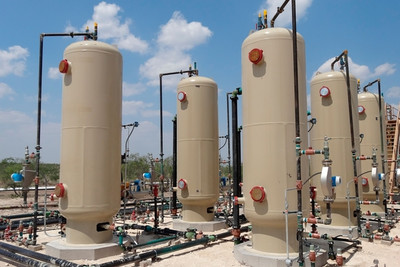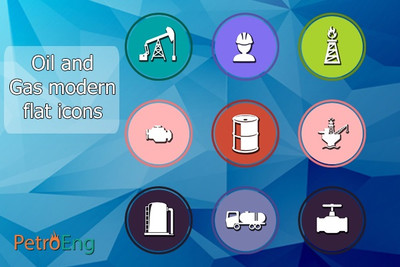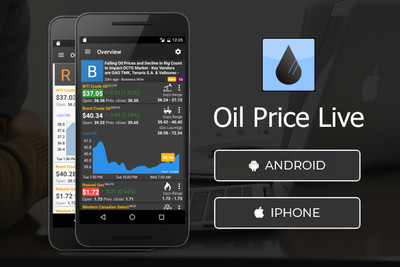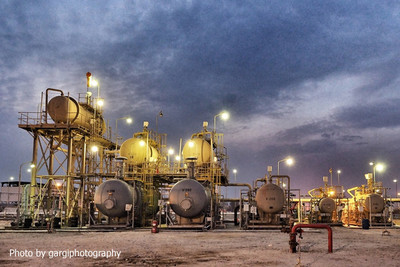 The total flow rate of all wells in total are measured, but the contributions of the individual wells are unknown. It is important to know the individual contributions to account hydrocarbon material balance and for well monitoring and reservoir management. There are many flavours of well tests and various ways to categorize test types by its objectives, however two main categories only by objectives, these are productivity tests and descriptive tests.
...
Read more » The total flow rate of all wells in total are measured, but the contributions of the individual wells are unknown. It is important to know the individual contributions to account hydrocarbon material balance and for well monitoring and reservoir management. There are many flavours of well tests and various ways to categorize test types by its objectives, however two main categories only by objectives, these are productivity tests and descriptive tests.
...
Read more »
|
 There are few oil and gas icons on internet sites, so we have prepared a collection of oil and gas icons that can use for your design and diagrams. These icons were available in PNG icons and Adobe Photoshop files. ... Read more » |
 Oil Price Live is a free application for smartphone (Android and IOS), the ultimate app for the Oil & Gas industry workers and traders. Get instant updates on the market today and analyze price trend with the interactive charts with historical prices up to 25+ years. Check the current spot prices and historical oil prices, all in one app. ... Read more » |
 REP (Resource Evaluation Programme) uses the well-known Monte-Carlo technique for a rigorous solution of the volumetrics equation. The calculation of reserves, and an estimation of the uncertainty of that calculation, lie at the heart of hydrocarbon exploration and production.
...
Read more »
|
 Hydrogen sulfide is a highly flammable hazardous gas that occurs naturally in crude petroleum and natural gas. It also is present in sewage, created through the breakdown of organic matter, and can cause negative health effects when inhaled. Hydrogen sulfide is heavier than air so it tends to be more highly concentrated in low-lying areas that are poorly ventilated, such as basements, manholes, sewer lines, and underground telephone or electrical vaults.
...
Read more » Hydrogen sulfide is a highly flammable hazardous gas that occurs naturally in crude petroleum and natural gas. It also is present in sewage, created through the breakdown of organic matter, and can cause negative health effects when inhaled. Hydrogen sulfide is heavier than air so it tends to be more highly concentrated in low-lying areas that are poorly ventilated, such as basements, manholes, sewer lines, and underground telephone or electrical vaults.
...
Read more »
|
